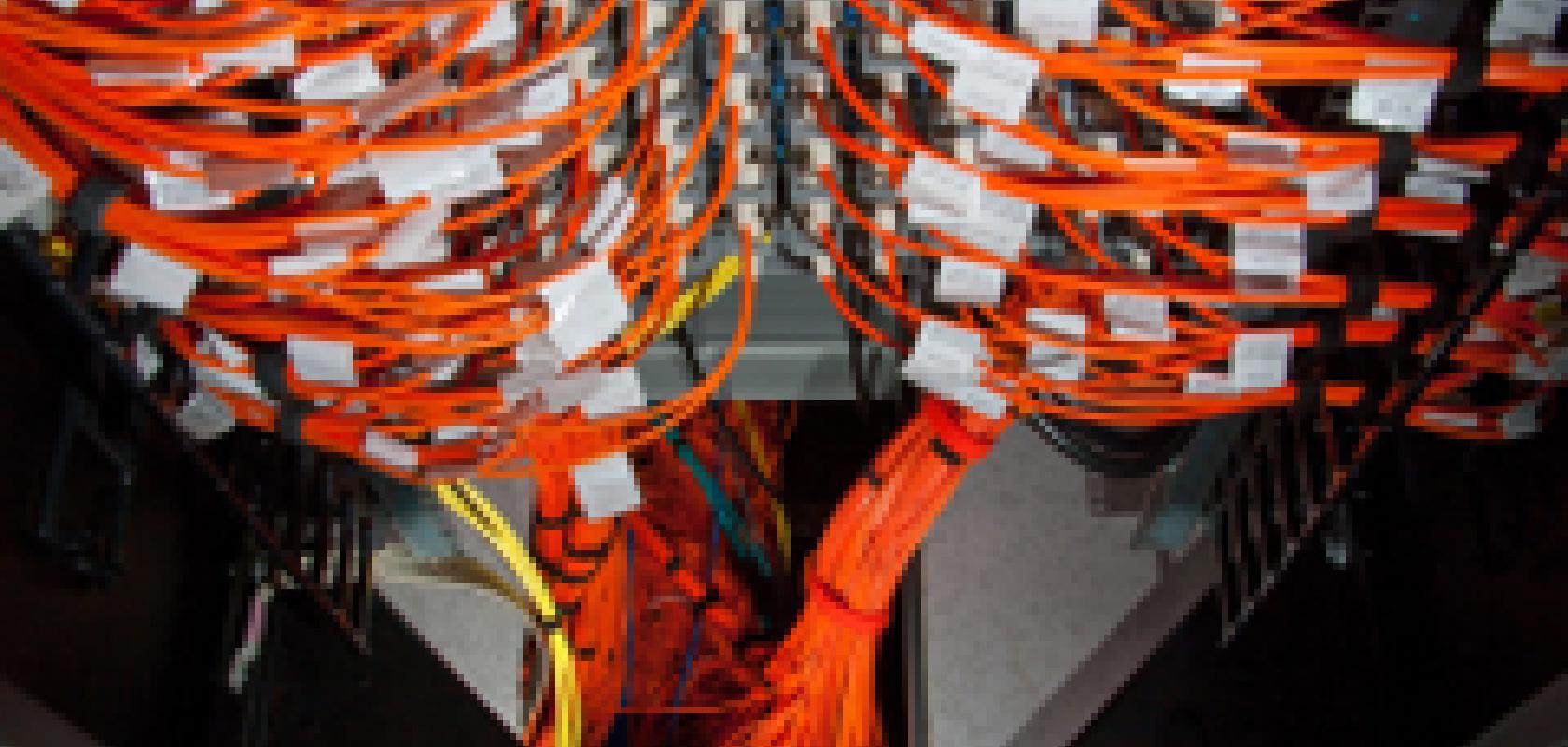Roadrunner, the first supercomputer to break the once-elusive petaflop barrier – one million billion calculations per second – was decommissioned on 31 March 2013.
During its five operational years, Roadrunner, part of the US National Nuclear Security Administration’s Advanced Simulation and Computing (ASC) programme to provide key computer simulations for the Stockpile Stewardship Program, was a workhorse system providing computing power for stewardship of the US nuclear deterrent – and a wide variety of unclassified science.
The IBM system achieved petaflop speed in 2008, shortly after installation at Los Alamos National Laboratory.
'Roadrunner exemplified stockpile stewardship: an excellent team integrating complex codes with advanced computing architectures to ensure a safe, secure and effective deterrent,' said Chris Deeney, NNSA assistant deputy administrator for Stockpile Stewardship.
'Roadrunner and its successes have positioned us well to weather the technology changes on the HPC horizon as we implement stockpile modernisation without recourse to underground testing.'
Roadrunner's design was unique and controversial. It combined two different kinds of processors, making it a 'hybrid'. It had 6,563 dual-core general-purpose processors (AMD Opterons), with each core linked to a special graphics processor (PowerXCell 8i) called a 'Cell'. The Cell was an enhanced version of a specialised processor originally designed for the Sony Playstation 3, and adapted specifically to support scientific computing.
Although other hybrid computers existed, none were at the supercomputing scale. Many doubted that a hybrid supercomputer could work, so for Los Alamos and IBM, Roadrunner was a leap of faith.


